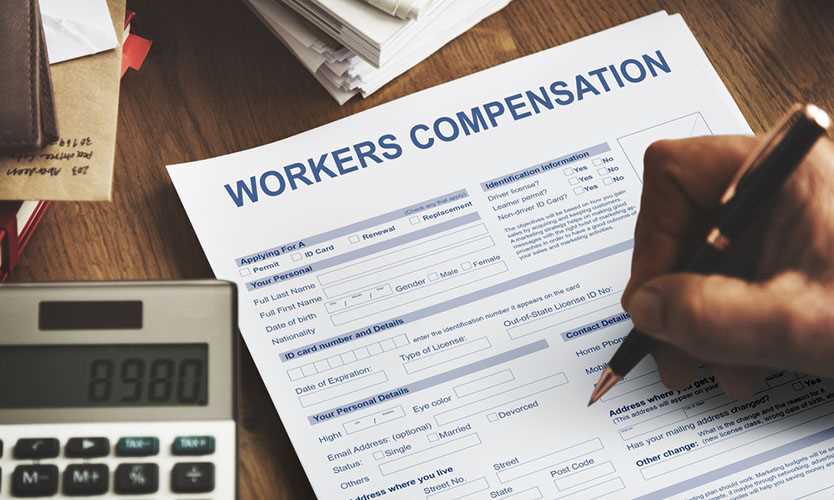Mine worker fails to show neck pain due to earlier injury
Reprints
An employee who suffered two work-related accidents failed to show that his cervical spine and neck pain were due to one of his accidents, the Supreme Court of Kentucky held in a 5-0 decision Thursday.
In McCoy Elkhorn Coal Corp. v. Taylor, the court reversed an appellate court decision, holding that the worker failed to present sufficient evidence that his neck pain was related to his workplace injury.
Glade Taylor worked for Meta, Kentucky-based McCoy Elkhorn Coal Corp. as a mine foreman until Dec. 10, 2013, when he said two separate work-related injuries caused him to stop working. On March 5, 2013, he said he struck his head on a beam and fell while carrying heavy buckets of plaster, causing him to twist his back and neck. He reported the injury, but there was no evidence other than his report that the incident occurred. He saw a nurse practitioner and reported muscle pain, but not neck or back pain, but sought treatment in November of that year for persistent low back and left leg pain. On his last day at the mine, he was performing an inspection three miles into the mine when the battery powering the carrier he was riding in failed, requiring him to walk hunched over to the surface. He said while walking up an incline he fell and hit a wall. He reported the injury to his supervisor and had MRIs and X-rays two days later that revealed mild degenerative disk disease and a herniated disk. The doctor’s notes mentioned he came in for a neck-related injury, but his treatment notes only showed complaints of lower back and leg pain.
Mr. Taylor filed a claim for workers compensation benefits on July 10, 2014, and underwent five independent medical evaluations. An administrative law judge held that Mr. Taylor’s December incident contributed to his lower-back injury, and awarded temporary total and permanent partial disability benefits relating to that incident, but found that he did not meet his burden of proof with regard to the March incident and his claim of neck and cervical spine pain. Mr. Taylor appealed to the Kentucky Workers Compensation Board, which affirmed the decision, but the Kentucky Court of Appeals reversed the administrative judge’s dismissal of Mr. Taylor’s cervical spine and neck claim. The coal company appealed.
The Supreme Court of Kentucky held that the appellate court failed to properly defer to the fact finding from the administrative judge. The court held that Mr. Taylor presented little evidence to support his claim that his neck and cervical pain were caused by a work-related incident, and found that the appellate court improperly reweighed the evidence presented in the case, noting that the administrative judge “as fact finder has the sole authority to judge the weight, credibility, substance, and inferences to be drawn from the evidence.”
As a result, the court reversed the appellate court decision and reinstated the opinion and order of the administrative judge.
Neither attorney in the case immediately responded to requests for comment.
Read Next
-

Kentucky lawmakers propose drug formulary, other comp reforms
Legislation to update Kentucky’s workers compensation system is now in the works one year after a similar measure failed and after more than two decades of little reform.